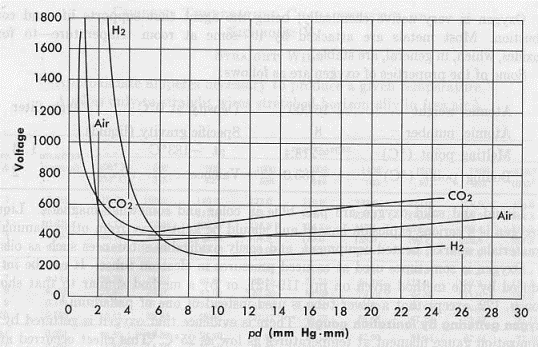Download the PDF file
Connector assemblies are typically rated for maximum contact
currents, dielectric breakdown voltage, ambient operating temperatures, and
mating operations. Operation within these specified parameter limits is normally
sufficient to meet the life expectancy of the connector in a legitimate
application. However, some
considerations will require the use of sound engineering practices.
The maximum current rating of the individual contacts
is usually for a percentage of the available contacts, as the maximum total
current rating for the connector will be less than that of all contacts
together. In addition, when contacts are used in parallel for a common current
path, the load is not necessarily evenly distributed because of normal
variations of contact resistance. The connector manufacturer’s specifications
should be consulted, determining appropriate design rules.
The dielectric breakdown (spark) voltage ratings may need to
be derated at reduced atmospheric pressures (high altitude applications) i.e.,
minimum ionization voltage of air at sea level is about 330 volts and is lowest
at about 50,000 feet (87.5 torr, see Figure 1). Elevated temperatures and relative humidity can also effect the
dielectric rating and leakage current between contacts.
.
Paschen’s
Curve
Figure 1. Spark Breakdown Voltage vs. Gas Pressure @
+20°C